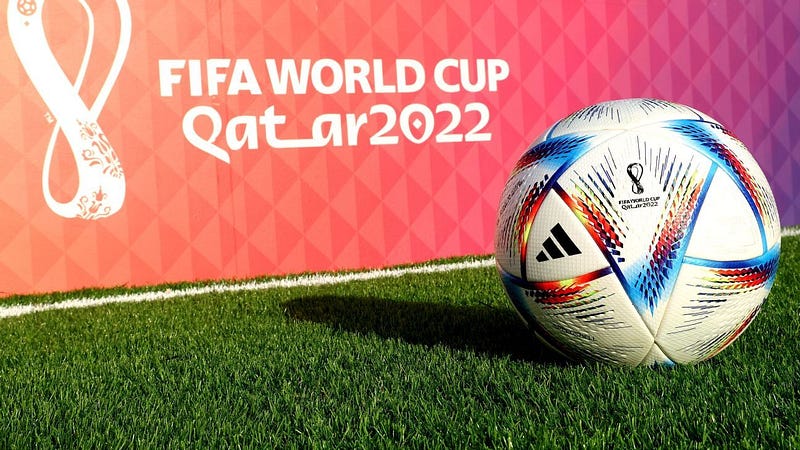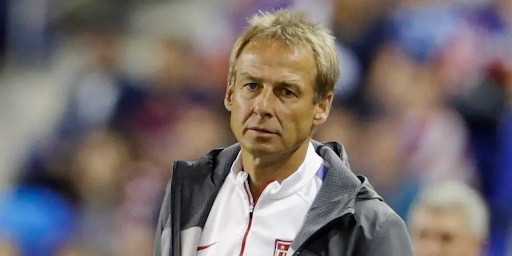
Overview
Yeah, I have a lot to say about the state of U.S. soccer. Strap in.
While a glance at their results may not directly convey it, the United States’ men’s soccer program has improved by leaps and bounds in the past decade. The accession of Jürgen Klinsmann to the senior side’s managerial post in 2011 ushered in a new era: he and then-United States Soccer Federation president Sunil Gulati aggressively pursued a recruitment strategy for dual nationals, he introduced modern dieting and training regimens to the team’s preparations and he actively encouraged the brightest American talents to transfer abroad in search of greater challenges on the pitch. Klinsmann could be tactically questionable at times, leading to his departure from the side in 2016 with qualification for the following World Cup in two years’ time in doubt, but the cultural sea change he introduced continues to influence the upward trajectory of American soccer to this day.
Klinsmann’s successor Bruce Arena had delivered the U.S. squad to the quarterfinals of the World Cup in 2002, but his experienced hands oversaw a regression instead of a quick fix. Team selection policy traveled back to the proverbial dark ages, favoring domestic players over more capable ones playing abroad. The team promptly crashed out unceremoniously under Arena’s stewardship, reminding them that World Cup qualification was not a birthright.
Four years on from that embarrassment, the United States has improved tremendously. Its domestic league, Major League Soccer (MLS), has evolved from a retirement spot for washed-up stars to a development-focused league full of hungry young stars in the making, and there are Americans finding regular game time at some of the traditional powerhouses of European soccer. New manager Gregg Berhalter has picked up where Klinsmann left off in many regards, generally continuing to reward ambition and good form in his squads, recently leading the U.S. to multiple critical victories over archrivals Mexico. However, there are still a number of notable deficiencies in the current squad — center-back and center-forward chief among them — and Berhalter’s refusal to call up arguably the strongest options in those positions available to him, especially while sticking to underperforming favorites, has generated no small degree of pessimism surrounding what remains an undeniably talented squad.
The Squad
The U.S. squad is already one of the more controversial teams submitted for the World Cup. Plenty of Berhalter’s selections are solid, but some of his decisions are either predictably disappointing or truly bizarre. A few boggle the mind.
Arsenal’s backup goalkeeper Matt Turner looks set to stand between the sticks in Qatar, with no sign of former number-one keeper Zack Steffen in the squad. Turner has more than earned his place as the American number-one, but he and his backups remain comparatively untested in competitive play. Veteran Tim Ream is in the form of his life, with the 35-year-old headed to his first World Cup after playing his way into contention with Premier League side Fulham. He has not played any significant minutes with anyone else in the defense except left-back and club teammate Antonee Robinson. Whether Ream will gel with any of his fellow center-backs is up for debate; the continued absence of John Brooks in the lineup is beyond peculiar, particularly when enthusiastic but out-of-form Aaron Long continues to be a regular squad presence (although the emergence of Celtic stalwart Cameron Carter-Vickers has strengthened the American defense of late). While Shaq Moore is a serviceable defensive right-back on his day, the absence of other, more established candidates such as Reggie Cannon makes his inclusion a considerable surprise. Sergiño Dest and DeAndre Yedlin will likely dominate playing time along the right flank, with the former possessing considerable attacking prowess and the latter the only holdout from the 2014 World Cup squad.
The American midfield is roughly by-the-numbers according to Berhalter’s predilections, with more established starters playing in the top European leagues such as Weston McKennie alongside domestic backups Kellyn Acosta and Cristian Roldan. Youthful Leeds United duo Tyler Adams and Brenden Aaronson will inject much-needed energy between both the defensive and attacking lines. Most promising of all is Yunus Musah; the midfield prodigy, who turns 20 on the U.S.’s final group game against Iran, and possesses both excellent passing vision and ball-carrying adroitness that will be instrumental in breaking the presses of opposition.
Goal-scoring remains the U.S.’s Achilles heel, with a hodgepodge combination of talented attackers proficient in every area except finding the back of the net. Christian Pulisic and Giovanni Reyna are likely the two most naturally gifted players in the squad alongside Musah; the former, the American side’s talisman, has struggled for time and form at Chelsea, whereas the latter’s progress has been severely hampered by injury. Tim Weah provides a serious creative threat from wide, but is hardly clinical himself. Josh Sargent is in excellent form, but is yet to demonstrate his abilities can carry over to the highest levels of the game, whereas the U.S.’s best, Jordan Pefok, and most promising, Ricardo Pepi, forwards have mystifyingly been passed over in favor of talented but mercurial Jesús Ferreira, highly inconsistent backup Jordan Morris and relatively unknown entity Haji Wright.

Prediction
Berhalter will emerge from this tournament with either significant praise or calls for his head, and while other managers in the tournament have made some peculiar selection decisions, few have come out of nowhere as his. There is talent to spare in the American squad, but their defensive fragility and lack of clinicality could very well be its undoing in the tight margins of the World Cup. The U.S. could easily make the knockout stages or fall flat on its face; personally, I think the Welsh have the slimmest of advantages due to the excess of big-game players spread throughout their team. Turner and McKennie have both shown an exciting tendency to rise to the occasion in the past, but the team’s unconvincing depth in certain key areas of the squad (particularly at center-back and center-forward) leads me to believe that the U.S. are most likely, by a hair, to fall just short. Should they make it through to the knockout stage, however, the team’s considerable cohesion gives them a more favorable chance — if still an uphill battle — to make it to the quarterfinals than the Welsh.
















